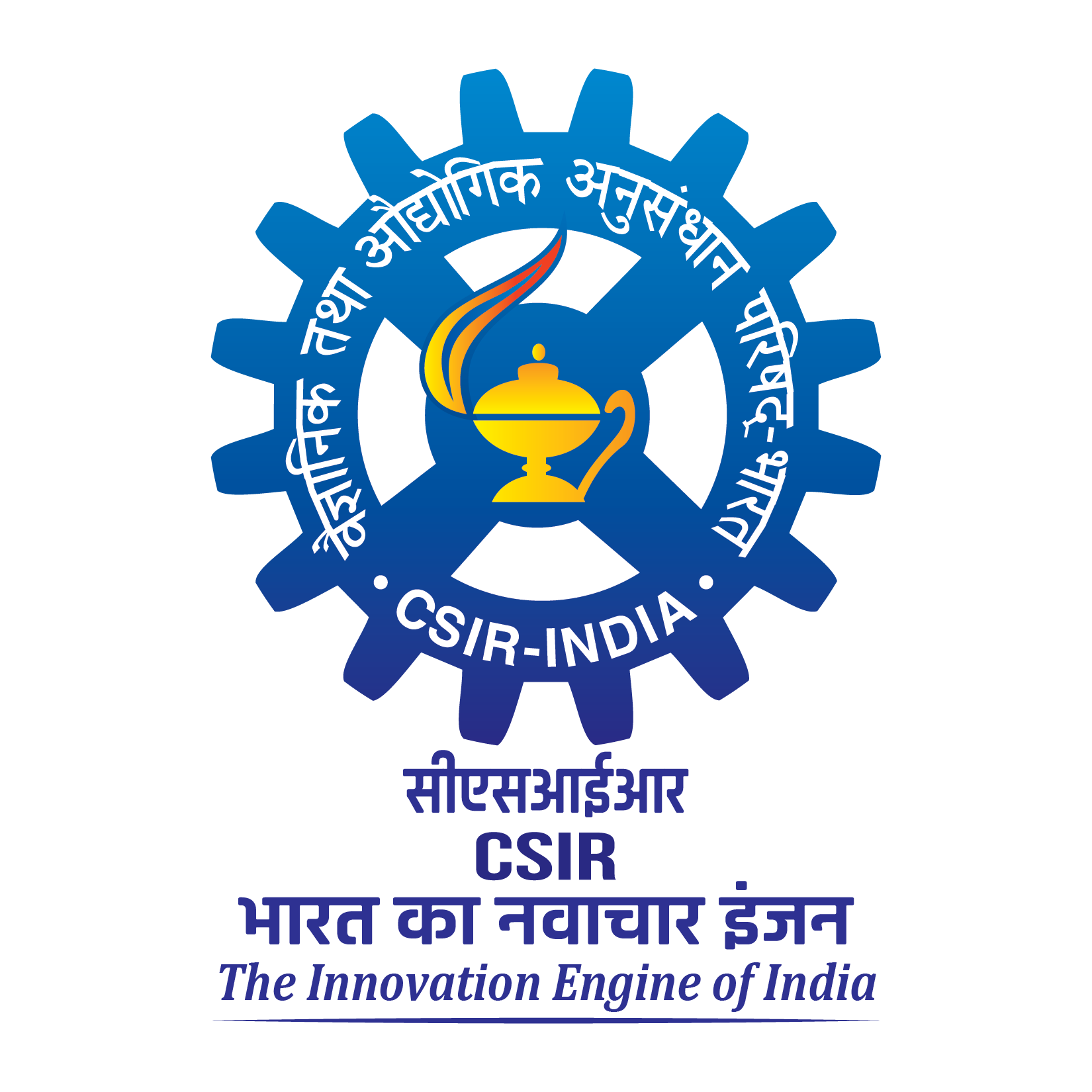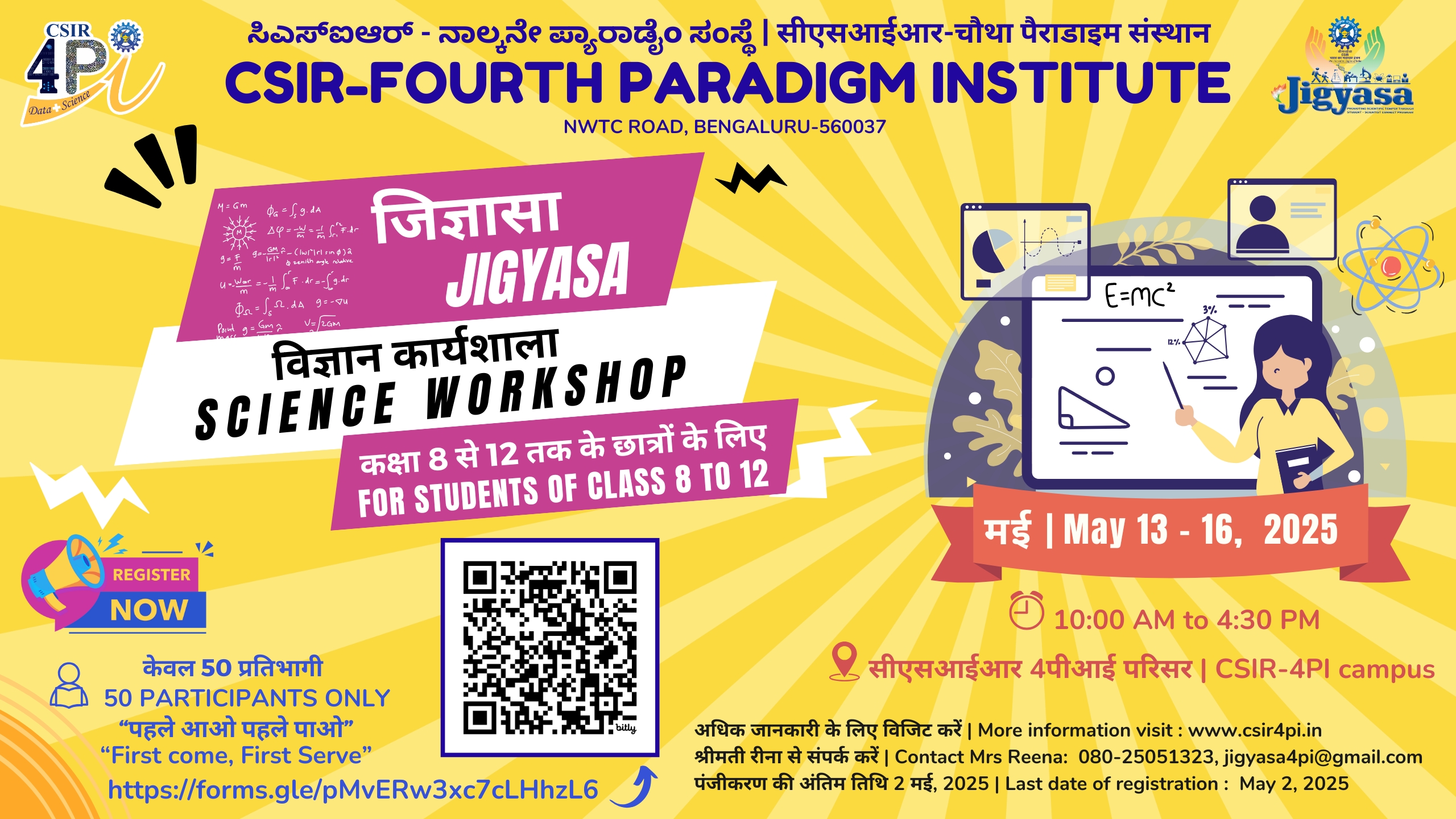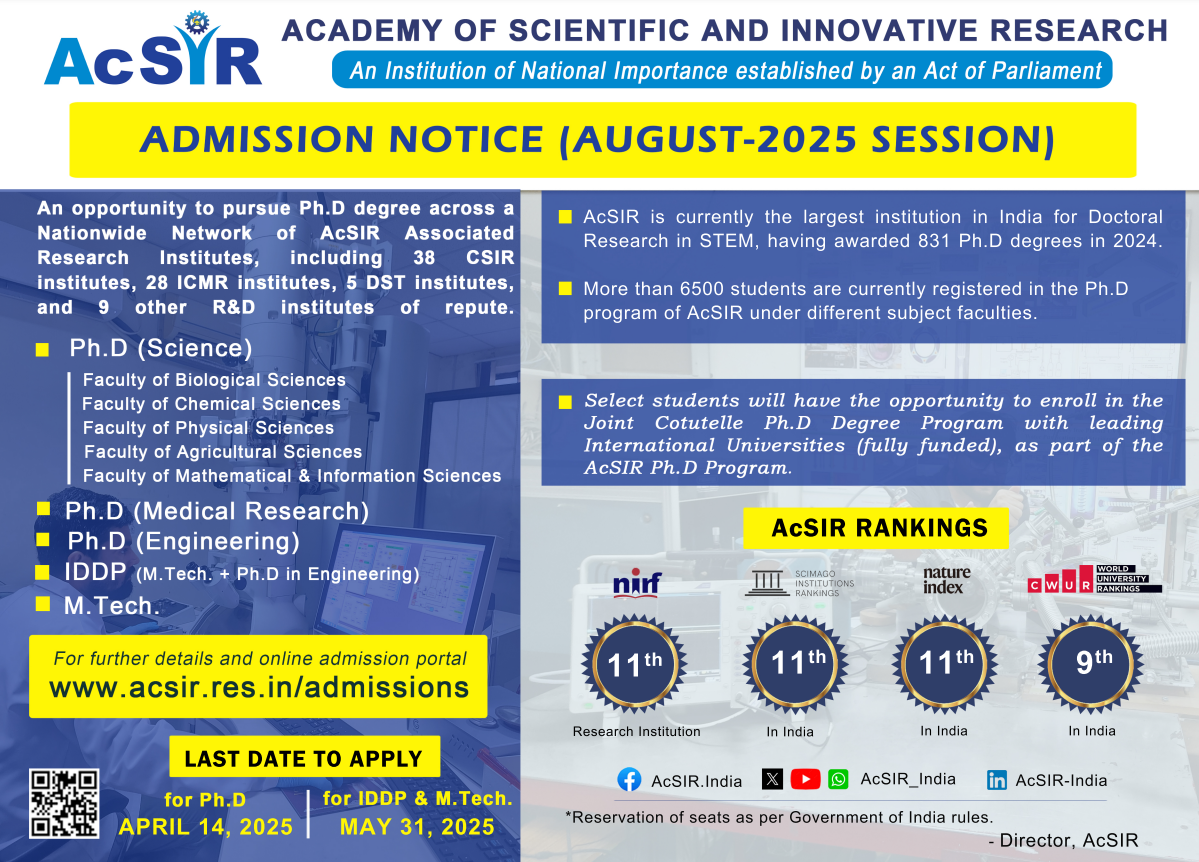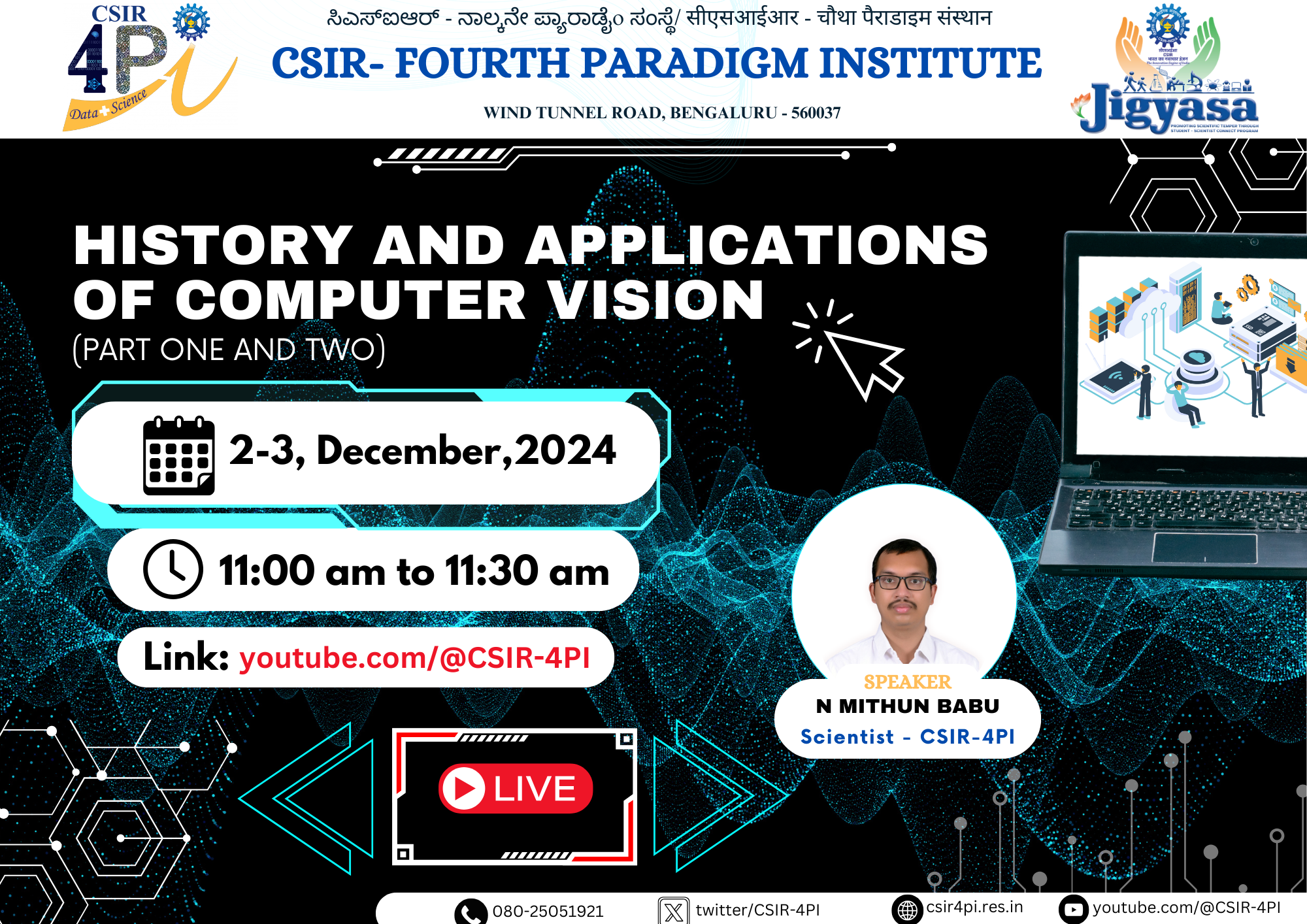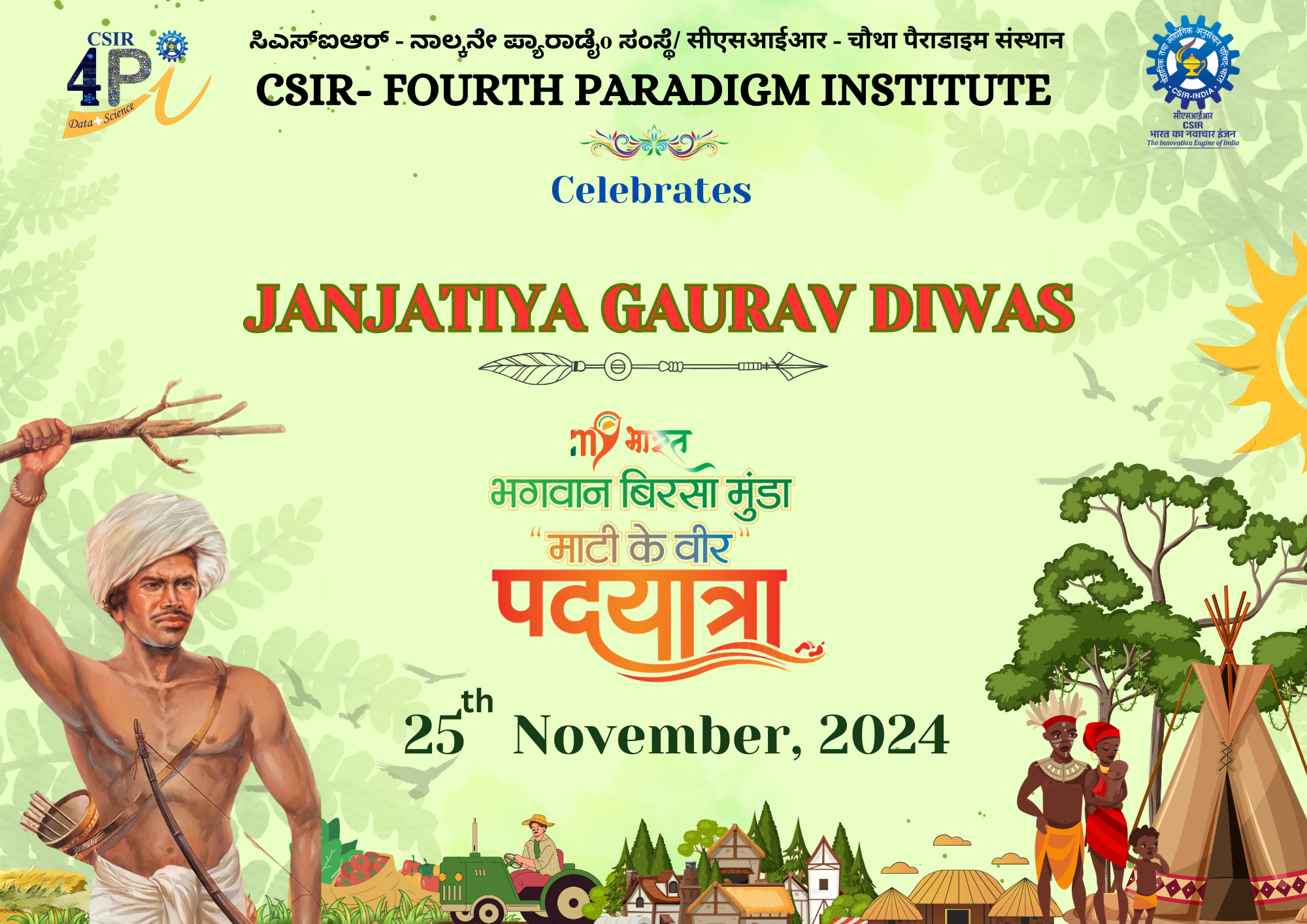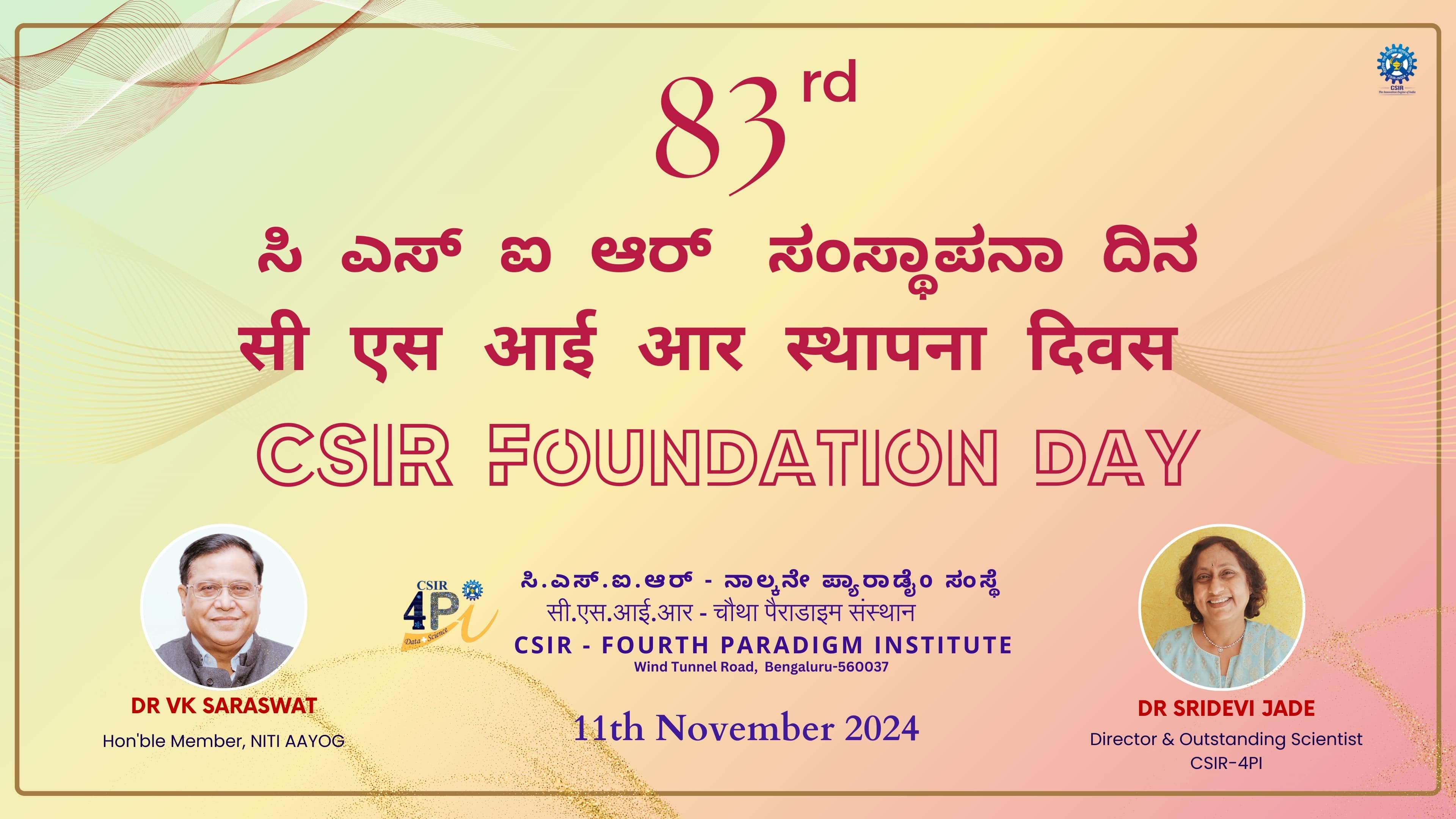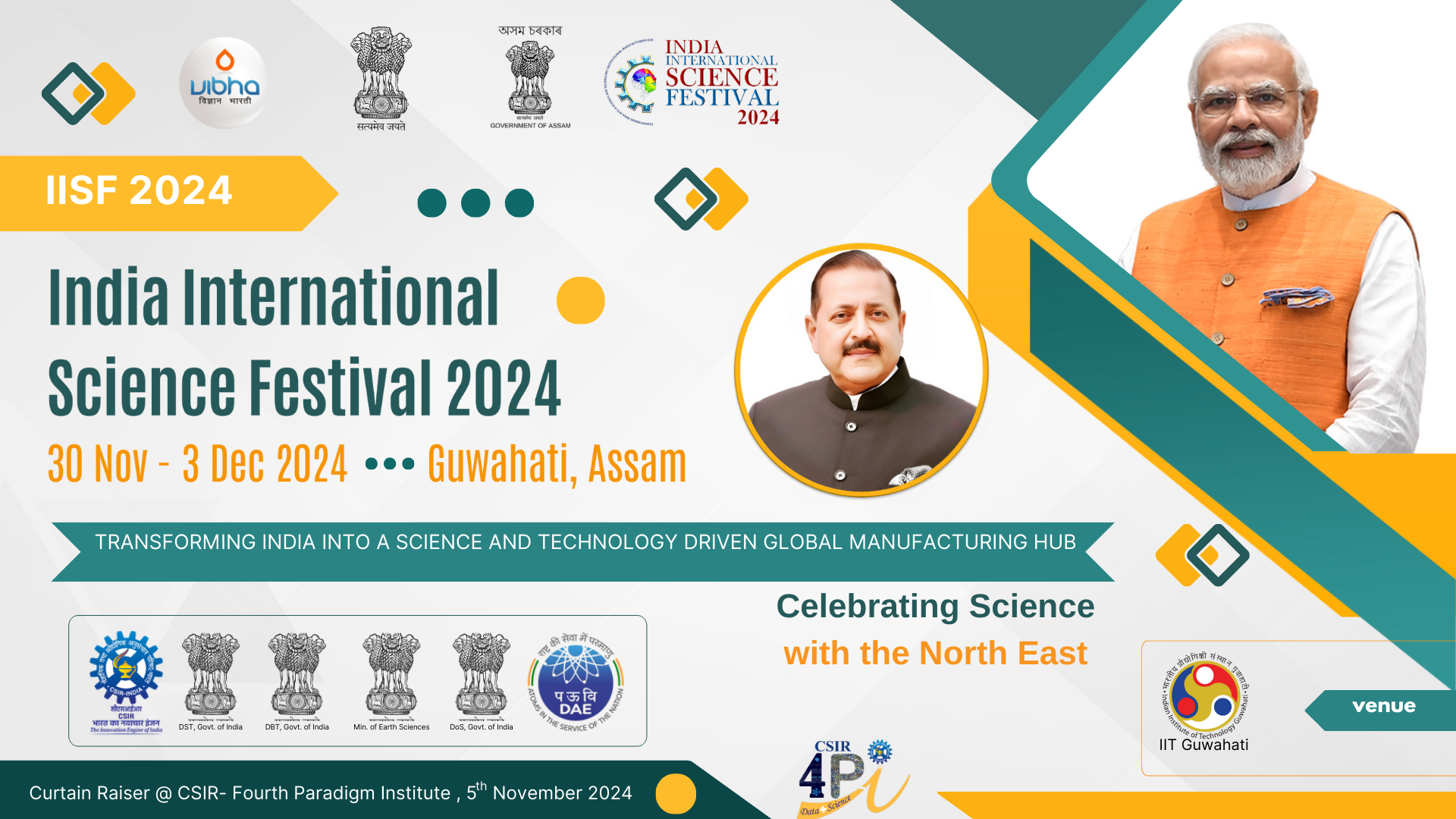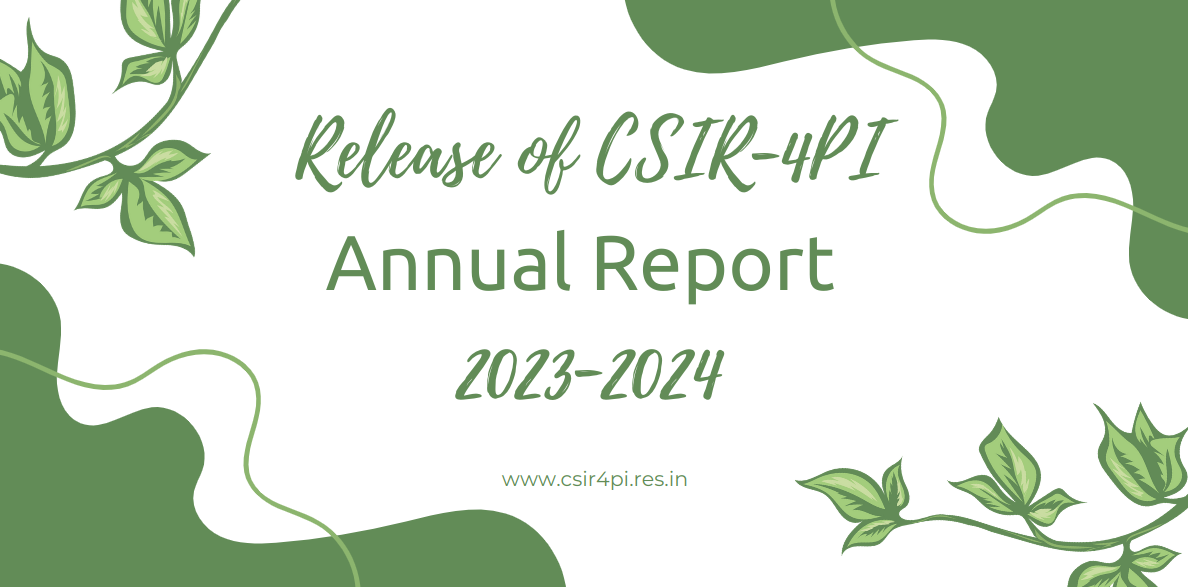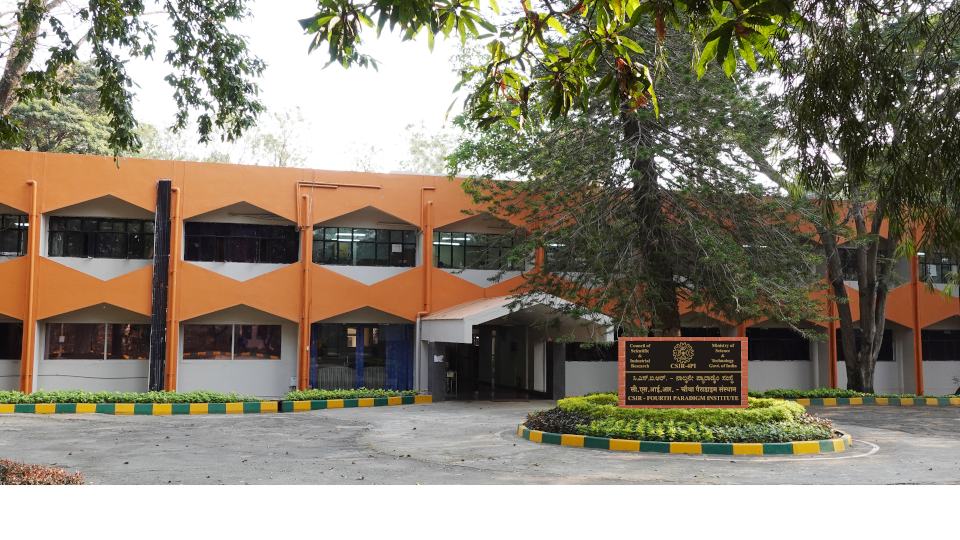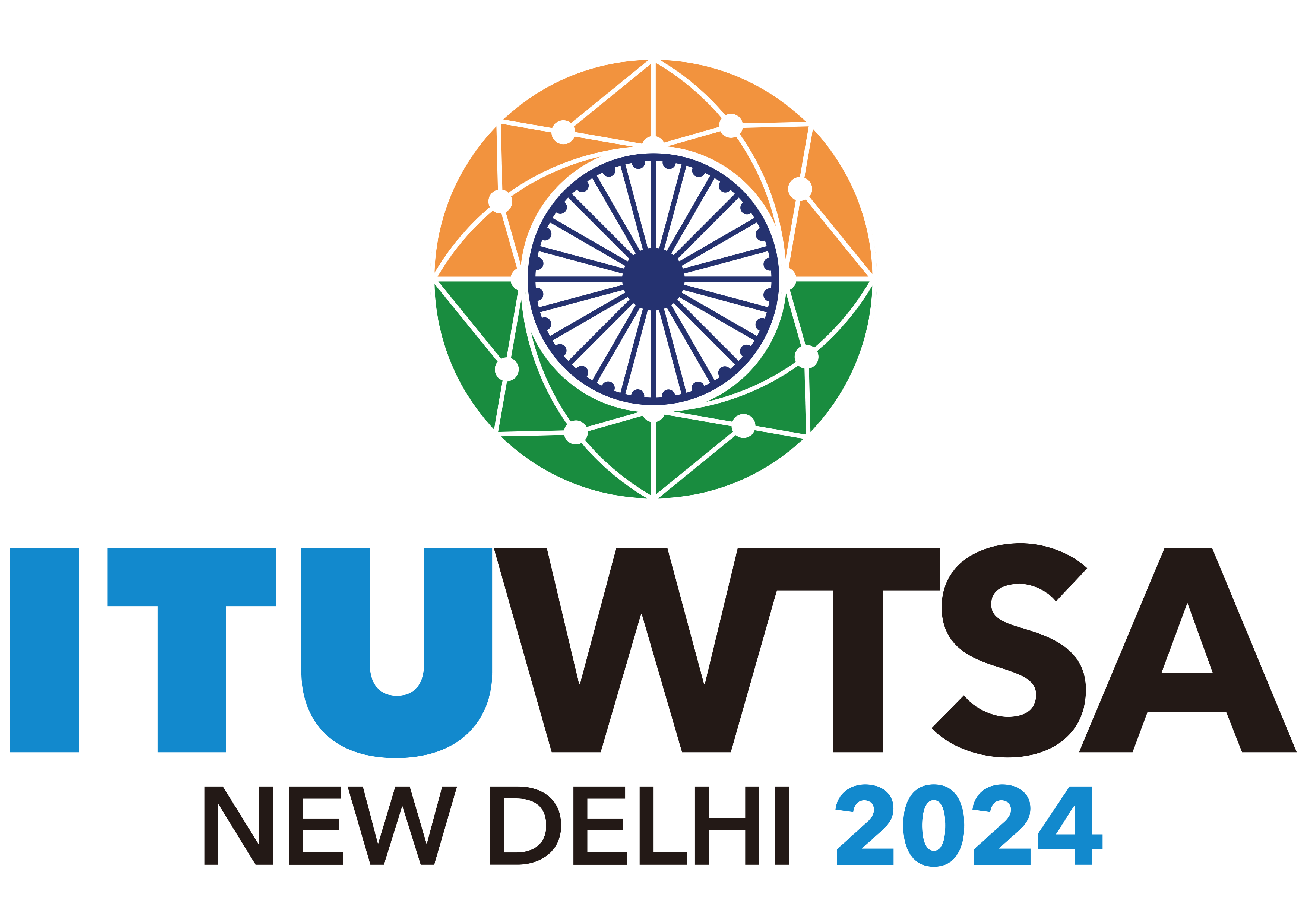by Jayasankar C B, K Rajendran, Sajani Surendran and K V Ajay Anand
In this study, projected changes in mean northeast monsoon (NEM) rainfall and associated extreme rainfall and temperature events, over peninsular India (PI) and its six subdivisions, are quantified. High‐resolution dynamically downscaled simulations of the Weather Research and Forecasting (WRF) regional climate model driven by the boundary conditions from the Community Climate System Model version 4 (CCSM4) model (WRF‐CCSM4) are compared with statistically downscaled simulations of NASA Earth Exchange Global Daily Downscaled Projections (NEX‐GDDP). Over PI, these downscaled simulations show low bias in mean NEM rainfall (≤ − 0.44 mm·day−1) and high pattern correlation coefficient (≥0.75), giving confidence in their future projections. Under future warming over PI, both downscaled simulations project future significant enhancement in NEM rainfall with WRF‐CCSM4 projecting 1.98 mm·day−1 (83.78% change with respect to the present‐day mean) whereas the multimodel ensemble (MME) of eight NEX‐GDDP models project 0.67 ± 0.58 mm·day−1 (19.78%) by the middle of the century and 1.42 ± 0.97 mm·day−1 (42.76%) by the end of the century. Analysis of extreme rainfall events shows that WRF‐CCSM4 projects future enhancement (reduction) in extreme rainfall (R95p) days over 91.4% (8.6%) of grid‐points over PI. In future, coastal areas of Karnataka and Andhra Pradesh will likely experience increased extreme rainfall occurrence by more than 25 days and 15–20 days respectively. Projected future enhancement in the mean and extreme NEM rainfall is attributed to the increased precipitable water under a warming climate. Future projection of extreme temperature indices shows an increase in minimum and maximum temperatures over PI during the NEM season. Over PI, future winter nights and days are found to be warmer than those in the present day and the temperature change in future winter nights is found to be larger than that in winter days. This climate change information would help decision‐makers in evaluating existing policies and devising revised policies to reduce risk due to climate change.
Citation: Jayasankar C B, K Rajendran, Sajani Surendran and K V Ajay Anand 2021: High-resolution Climate Change Projection of Northeast Monsoon Rainfall over Peninsular India.Quarterly Journal of Royal Meteorological Society, doi: 10.1002/qj.4017
Source:https://doi.org/10.1002/qj.4017
